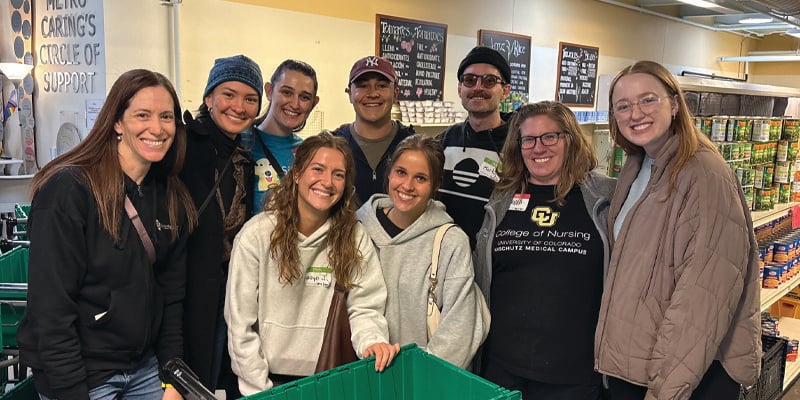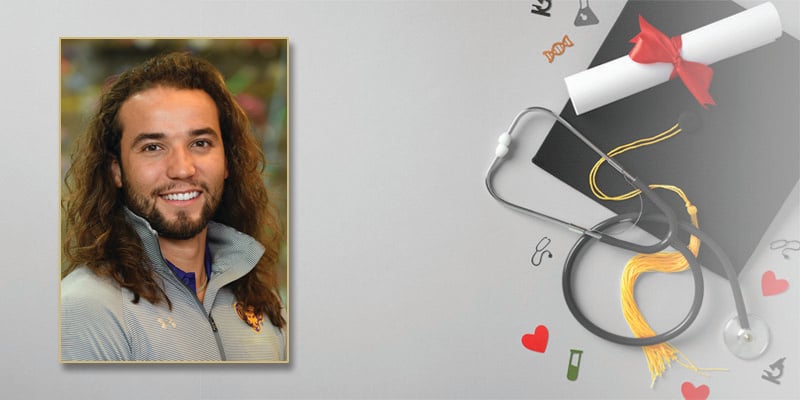Kerith Earlix spent more than 20 years as a music teacher and eventually owned her own music school. She took a few years off to raise her kids who are now 13, 14, 15 and 17. And then decided to do “something completely different.”
She chose nursing and became a certified nursing assistant (CNA) to get experience before nursing school. “The first half of my life, I focused on the arts. The second half on science. So when I die, I will be well rounded!”
Sights set on being a hospice nurse
For Earlix, the hospice setting was a perfect fit. “I loved being a CNA. We could spend up to an hour to visit, support, and listen to our clients.” Having always had an interest in working with the dying, Earlix was dead set on being a hospice nurse when she started pursuing her nursing degree. But after mental health clinicals and a capstone at the Veterans Administration on the inpatient psychiatric unit, she developed an enormous secondary interest in mental health.
Earlix’s emphasis is in the intersection of hospice, end-of-life care, and mental health. “It’s about living, not about dying… providing comfort, a feeling of being connected and supported.” Her ideal job would be to work in a psychiatric setting that included mental health, older adults, dementia, and end-of-life care.
Trained as a Death Doula
Her interest in the field led her to become a death doula (similar to a birth doula), providing psycho-social-spiritual support to the dying and their families. She trained with the International End of Life Doula Association (INELDA), a non-profit organization “dedicated to bringing deeper meaning and greater comfort to dying people and loved ones in the last days of life.”
“Each situation is unique and depends on the individual you are working with,” said Earlix. As a death doula, the work can include legacy work such as ethical wills, audio/video recordings of their lives, writing letters to family members and art projects; assisting with the logistics of funerals; and arranging vigils when the person is in the active stage of dying. “Really anything the dying person and their family need support with,” she said.
Because of her focus on addressing the spiritual needs of patients and how it affects healing, Earlix has researched different cultures and discovered how some are much more comfortable talking about death and dying than others. As an honors student, she was recently invited to podium present at the Western Institute of Nursing’s 54th Annual Communicating Nursing Research Conference. Her presentation was titled “Unpacking the Characteristics of Spirituality through the Lens of Persons of Color Living with Serious Illness.”



